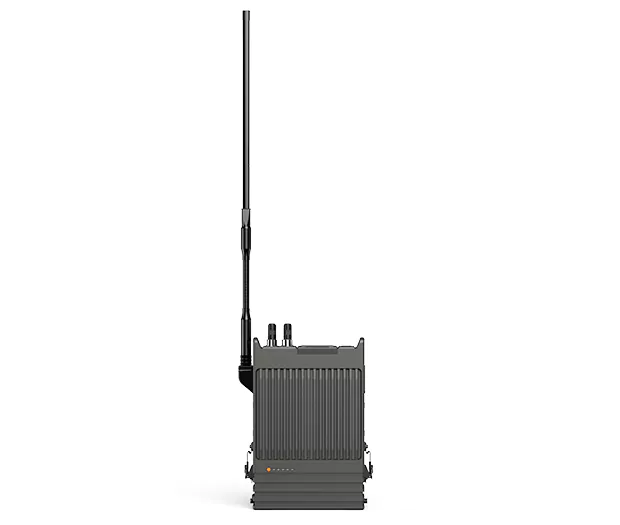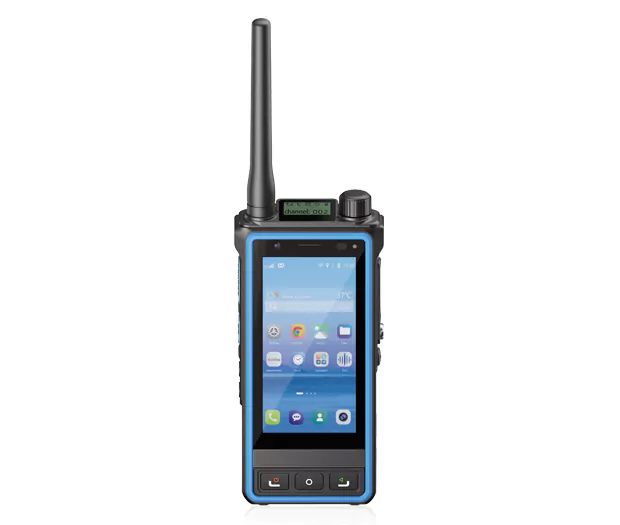How to establish a high efficiency rescue system during emergencies
With the arrival of July and August, many regions in Asia are experiencing heavy rainfall. Short-term rainfall not only causes traffic disruptions, power outages, and network failures, but also often leads to landslides as a high-risk disaster. Especially in mountainous towns with loose soil, heavy rainfall is prone to trigger geological disasters. Although local early warning systems are in place, the sudden nature of short-term heavy rainfall often leads to delayed responses. Additionally, many villagers build their homes along mountain slopes without adequate protective measures, and issues such as delayed communication and coordination further complicate rescue efforts.
Solutions
Frontline rescue personnel dispatch wireless communication links at the rescue site using backpack and handheld radios, enabling voice and video calls between rescue personnel. When encountering obstacles or unknown areas, deploying wireless Ad hoc network base stations and individual backpack terminals allows for temporary on-site deployment at the frontline, which can also serve as relay hops to establish communication links between the on-site command center and rescue personnel. Using public-private integrated terminals, audio-visual signals from the rescue site are transmitted to the rear command center. Real-time audio-visual footage acts as invisible links, swiftly conveying firsthand information from the disaster area back to the on-site command center, enabling unified coordination and command between the front and rear lines.
Advantages
The BF-TR925R portable Ad hoc network device supports multiple product forms, including airborne, vehicle-mounted, portable, and backpack-mounted. Especially in areas without public networks or signal blind spots (such as disaster rescue sites or mountainous regions), it can utilize direct frequency bands and wireless relay modes to quickly establish on-site command and operational network, meeting the requirements of “uninterrupted communication, rapid dispatching, complete data, and effective command” between the on-site location and the command center.
The BelFone Public-Private Fusion Terminal Series enables long-distance communication and multimode information transmission. When public network signal coverage is insufficient, the public-private fusion system can still communicate via DMR or analog signals to compensate for public network signal blinds spots; it can also effectively achieve real-time positioning, voice/video transmission, and rapid collaboration, enhancing the efficiency of daily operational responses.
Application Value
The BelFone Ad hoc network emergency communication solution uses highly integrated portable devices that can be rapidly deployed and networked without relying on any infrastructure under extremely conditions, enabling the establishment of a large-scale emergency communication networks at the scenes of an emergency. Additionally, it fully utilizes satellite, 4G, shortwave, and ultra-shortwave “space-air-ground” multi-network integrated communication methods to meet diverse application needs such as voice, images, fax, data, and high-definition video at emergency rescue sites for handling sudden incidents, natural disasters, urban fires, and forest fires. This ensures that critical voice communications and command and control operations can transmit real-time, accurate, intuitive, and reliable on-site dynamics and information, enabling emergency rescue units to fully control accidents and disasters.

















